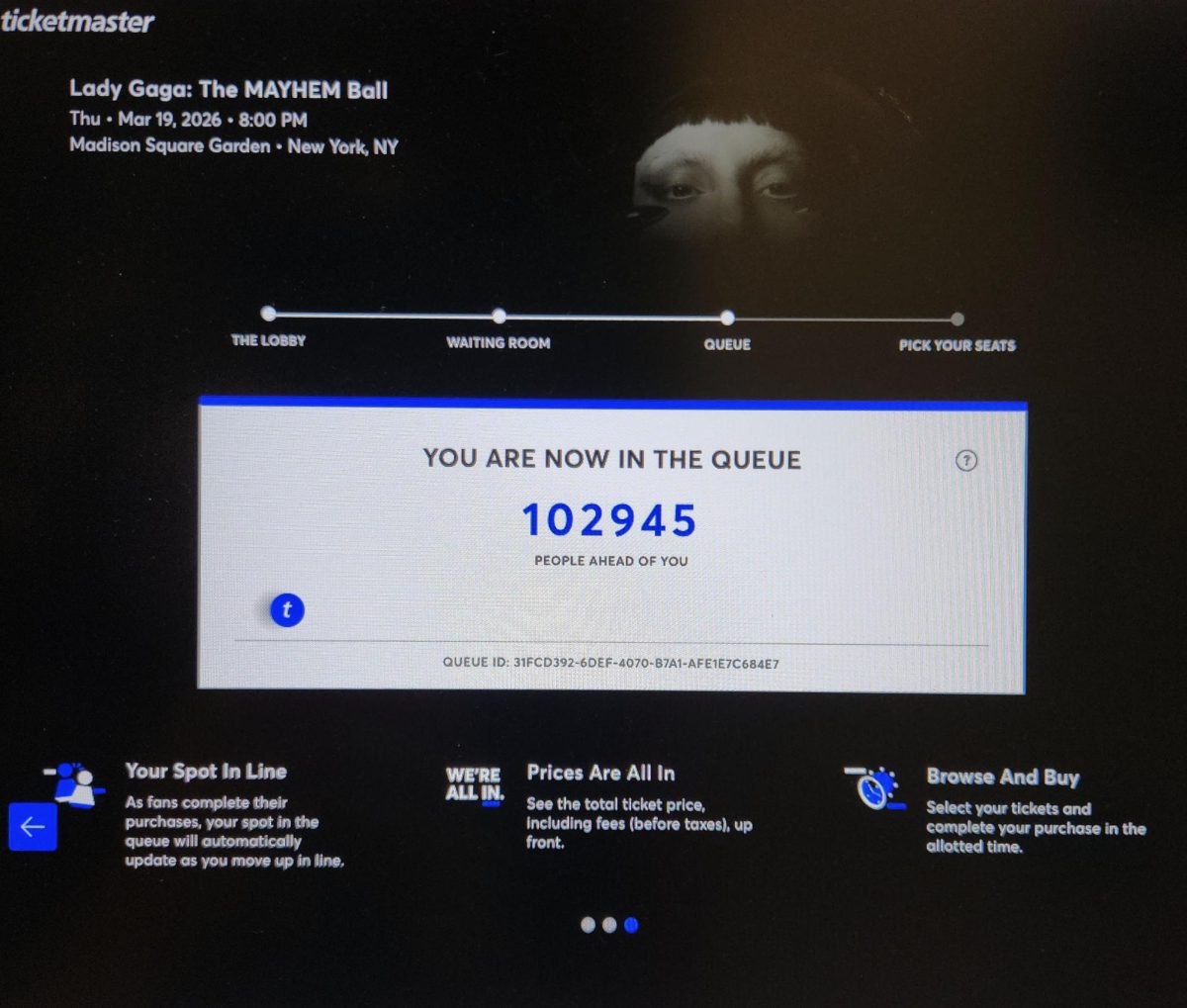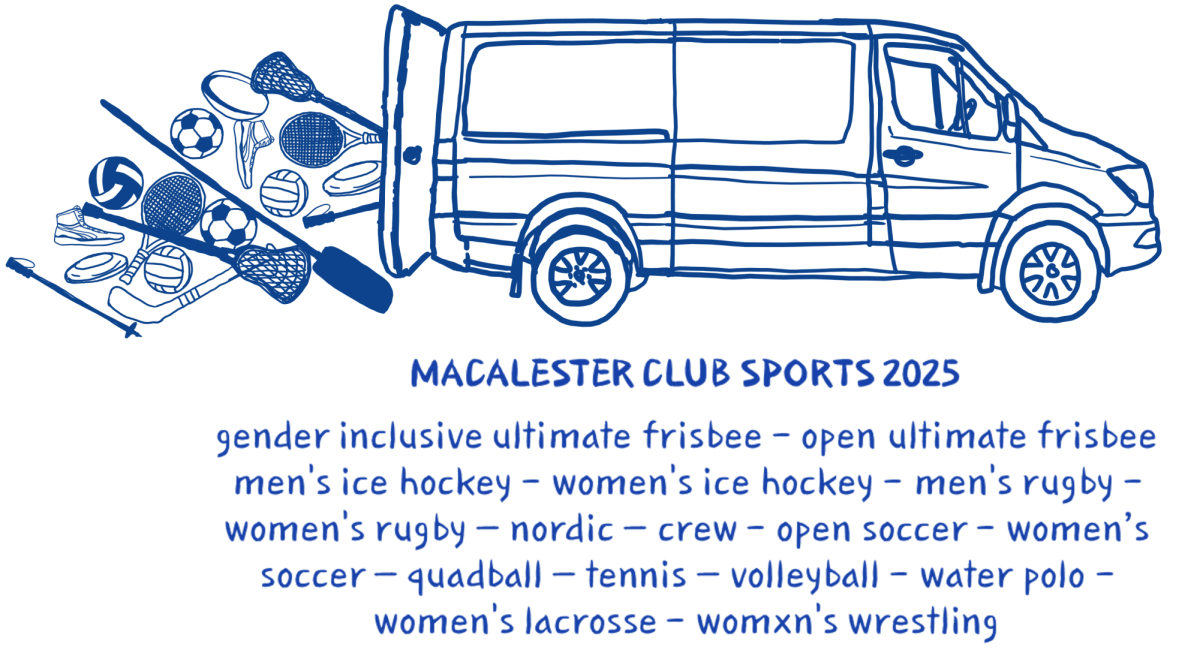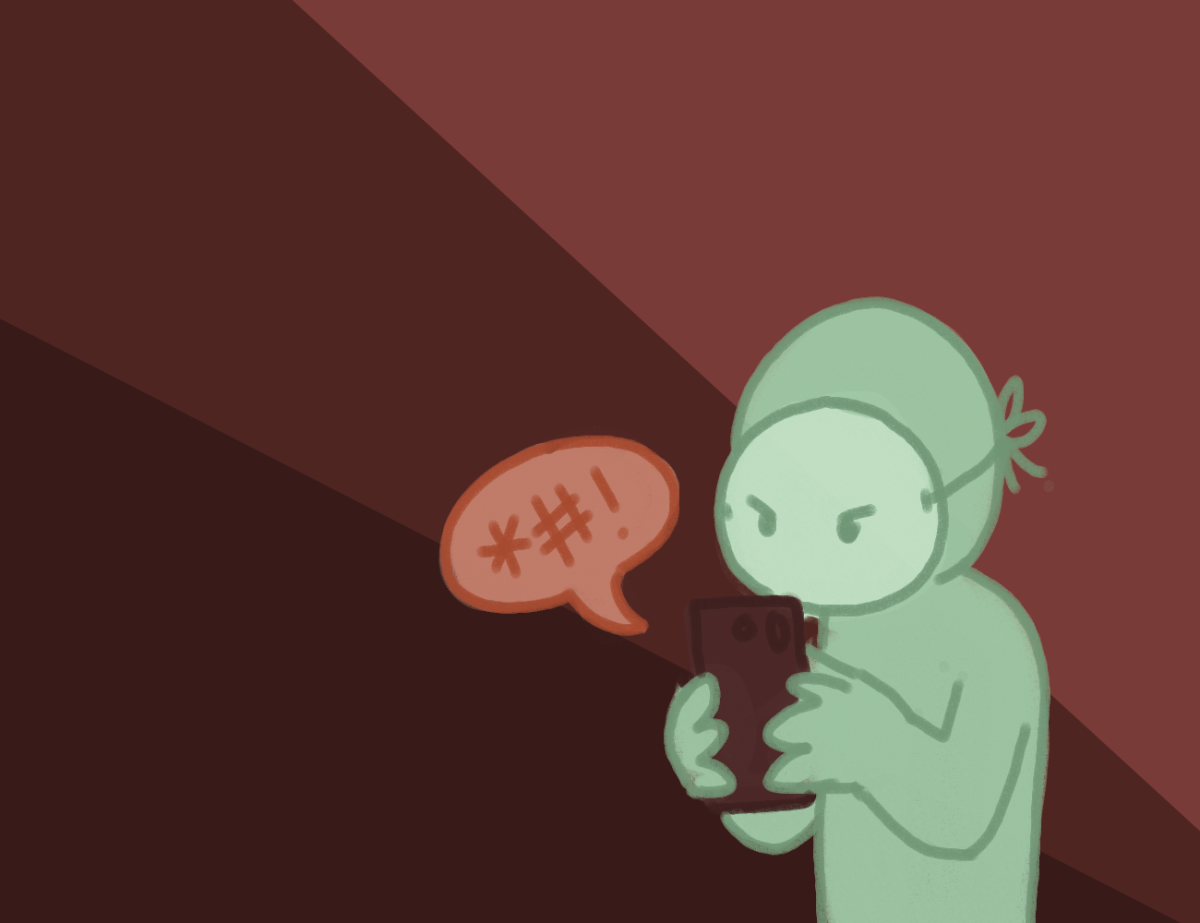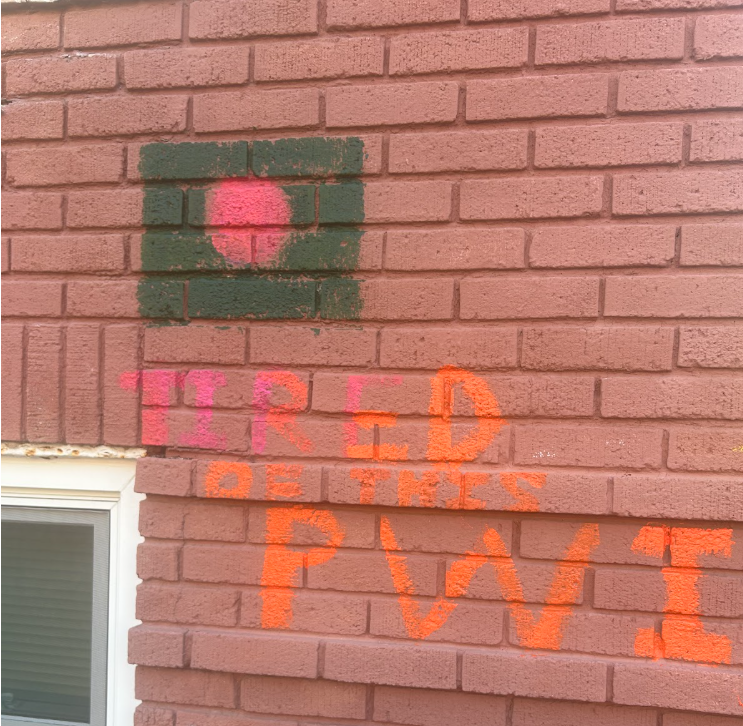“I said a hip, hop, the hippie—the hippie to the hip hip-hop, and you don’t stop the rock it—to the bang-bang, boogie say ‘up jump’ the boogie to the rhythm of the boogie: the beat.” These iconic lyrics are from The Sugar Hill Gang’s 1979 hit single, “Rapper’s Delight”, which would go on to be the first rap single to be a top 40 hit, and subsequently become the foundation of the genre of hip-hop. Hip-hop in its early stages was used as a mechanism for celebration of a culture and a voice against injustice within poverty-stricken communities. Now a couple decades later, the genre has evolved into a globally known artform.
Now, what you hear is not a test.
Although, hip-hop has found a place in pop culture, complexities in musical composition and lyrical content between hip-hop artists are not showcased in mainstream media. Hip-hop has been crippled by the stereotypes of violence, misogyny and frivolous spending habits. Although some of these aspects are present in the music, it is not fair to assume that this content is the staple of the genre.
The association of hip-hop and negative stereotypes has unintentionally repelled listeners away from the genre due to the disconnect of the listener and the values of violence, misogyny and money which listeners assume rap to be exclusively about. Instead of making that assumption, music consumers should listen and find out for themselves before establishing a disconnect. With this mindset, the influence of hip-hop music is often overlooked until a watered down, “popped out” version enters radio airways.
The term “crossing over” is prominent in rap culture. It is the idea of making music that fits the mainstream template. These songs lack substantive content and are played unprecedented amounts of times on the radio and at social events, to the point that it seems like a genuine brainwashing tactic. But as hard as this may be for music lovers to swallow, it is crossover songs that make up and seize control of “popular music.” This realization usually hits as one sings along to Pitbull and Ke$ha’s smash single “Timber”, as tears begin to shed internally.
Out of the artists who have chosen to “cross over,” too many are considered sellouts because they had to change their musical style to infiltrate the homogeneous world of pop music. However, is it entirely their fault? If the music an artist made before which had depth and originality was not acknowledged because of preconceived notions and lack of financial support––what do you expect them to do? This precedent has been set within the mainstream landscape, and if artists do not fit the mold their music will not be made available to a mainstream audience. The implications of this is that musicians with substance will most likely not have their songs given a bigger platform, especially hip-hop artists whose music are perceived as aggressive and often times not Bar Mitzvah friendly. The lack of non-crossover hip-hop exposure ultimately traps hip-hop in a insufficiently labeled package.
Hip-hop is more than Pitbull the pop-rapper, or someone like Chief Keef who may be described as a gangster rapper. These two artists represent the extremes of the genre: one being what is acceptable on mainstream radio, and the other symbolizing the stereotypes attributed to hip-hop as a whole. In hip-hop, just like any other genre of music, there are sub-genres to distinguish the different styles between artists. Here are some hip-hop’s sub-genres that exist and should be recognized:
Conscious Rap: Rap music that strives for substantive messages and social consciousness. Examples: Talib Kweli, Mos Def, Tupac, Atmosphere, Brother Ali, Common and The Roots.
Mainstream Rap: Rap music that is made for club and party environments and often incorporates carefree lifestyles. Examples: Rick Ross, Lil Wayne and Future.
College Rap: Rap music that’s more progressive in sound, drawing inspiration from alt-pop, alt-rock and electronic dance music. Examples: G-Eazy, Hoodie Allen, Skizzy Mars, Asher Roth and Chiddy Bang.
Alternative Rap: Rap music that’s experimental and not bounded to what rap music is supposed to be and attempts to blur the lines between different genres. Examples: Kanye West, Danny Brown, Tyler the Creator and Kid Cudi.
Based Rap: Rap music that’s all about spreading love, positivity and self-expression. Examples: Lil B.
These sub-genres are not set in stone and many more categories could be added, but it does help one visualize the complexities of rap music. Hip-hop has become a melting pot of different backgrounds and stories that shouldn’t be bounded to the stereotypes developed from the mainstream rap and the pop sound. In the best case scenario, all these sub-genres would be a part of mainstream culture, but the issue of financial backing plays a big role in the media digested on a day-to-day basis. However, the internet has created another realm to consume media, providing unfiltered access to a vast selection of artists across the hip-hop subgenres.
It is understandable that gangster rap or other types of rap may not be relatable for some, because of their content, one may not feel comfortable with. However, to say “I cannot relate to any rap music” is unfair, because it has been shown that hip-hop houses artists who cater to a wide spectrum of audiences. The words “all rap is the same” should no longer hold validity.
Now everybody sing along––“I said a hip, hop, the hippie—the hippie to the hip hip-hop, and you don’t stop the rock it—to the bang-bang, boogie say ‘up jump’ the boogie to the rhythm of the boogie: the beat.”







Natalie Nolan • Sep 10, 2019 at 2:59 pm
I really appreciate this post. I have been looking all over for this! Thank goodness I found it on Bing. You have made my day! Thx again
Michael Stewart • Sep 8, 2019 at 11:06 am
you are my breathing in, I own few blogs and rarely run out from to brand : (.